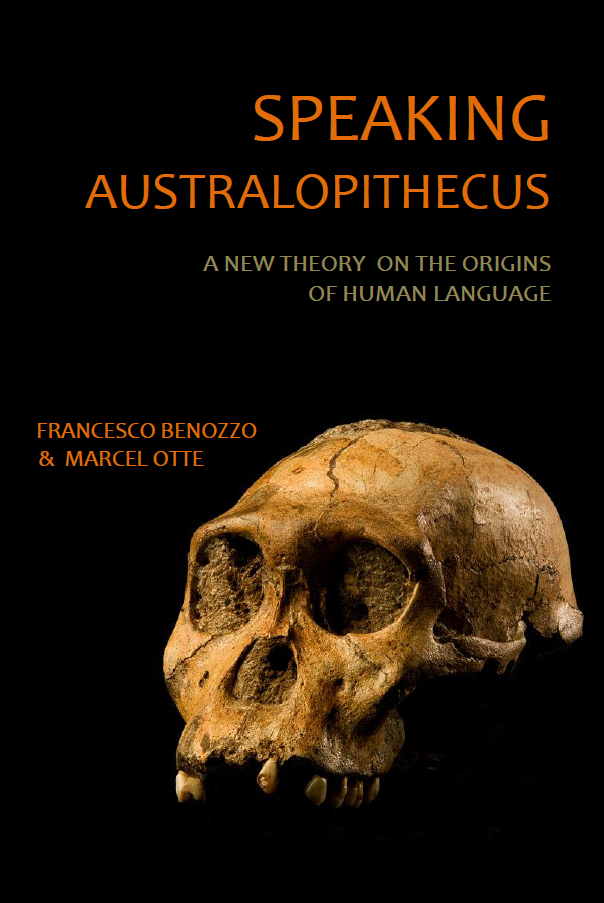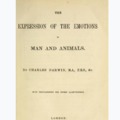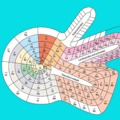
Földes Károly ismertetése
Date de parution : 01/2017
Éditeur : Edizioni dell’Orso
Nombre de pages : 64
ISBN : 978-88-6274-727-1
FRANCESCO BENOZZO & MARCEL OTTE
SPEAKING AUSTRALOPITHECUS
A New Theory on The Origins
of Human Language
FRANCESCO BENOZZO & MARCEL OTTE
Conclusions
t is crucial to bear in mind the follow-
ing assertion recently made by two
eminent paleoanthropologists:
The relationship between modern anatomy,
cognition, culture and language is a complex one,
and cannot be captured by a single saltationary
event, let alone by a single ‘gene’ acquired at a
specific moment in our evolutionary history, leav-
ing unambiguous traces in the fossil or archaeo-
logical record. This myth of a ‘modern human
revolution’ is now totally rejected by paleoan-
thropologists and archaeologists, but it is disturb-
ing to see it persisting – explicitly or implicitly –
in discussion of language and cultural evolution
(Dediu & Levinson, 2014, p. 186, our emphasis).
Also Seyfarth & Cheney (2016) insist
on this point, asserting that, “despite
their differences, human language and
the vocal communication of nonhuman
primates share many features”. These
common features suggest that “during
evolution the ancestors of all modern
primates faced similar social problems
and responded with similar systems of
communication and cognition”. In this re-
spect, “when language later evolved from
I
SPEAKING AUSTRALOPITHECUS 49
this common foundation, many of its dis-
tinctive features were already present”.
According to Hillert, 2015, “Australo-
pithecus was already able to use [...] refer-
ential vocalizations (possibly in combina-
tion with facial expressions and gestures)
to display basic emotions and percep-
tions”; and Kimbel & Villmoare, 2016,
state: “A fresh look at brain size, hand
morphology and earliest technology sug-
gests that a number of key Homo attrib-
utes may already be present in generalized
species of Australopithecus, and that
adaptive distinctions in Homo are simply
amplifications or extensions of ancient
hominin trends”. Their conclusion is that
“the expanded brain size, human-likewrist
and hand anatomy, dietary eclecticism
and potential tool-making capabilities of
‘generalized’ australopiths root the Homo
lineage in ancient hominin adaptive
trends, suggesting that the ‘transition’
from Australopithecus to Homo may not
have been that much of a transition at all”.
Bringing together the PCP, Chomsky’s
innatism, and the refusal of a conception
of languages as evolving organisms, more
concrete elements for inferring the exist-
ence of an articulated language in early
humans from the Plio-Pleistocene can be
50 FRANCESCO BENOZZO & MARCEL OTTE
offered by the four elements of deductive
evidence indicated before [1) the lithic-
geolinguistic correlation, 2) the millenni-
al stability of languages, 3) the new dis-
covers about the language of animals, and
4) the process of human world for-
mation], linked to paleontological-
archaeological considerations on Austra-
lopithecus [concerning its 4) anathomy,
5) habitat, 7) tools, and 8) bone remains]
As linguists and prehistorians working
in the epistemological frame offered by
the Paleolithic Continuity Paradigm, we
can positively answer to the question lu-
minously posed 20 years ago by Tobias.
We would then point out the three fol-
lowing conclusions:
(1) Homo was born loquens (2.5 million
years ago);
(2) languages appeared with Homo
himself;
(3) language existed much earlier on
(before 2.5 million years ago), with Aus-
tralopithecus.




